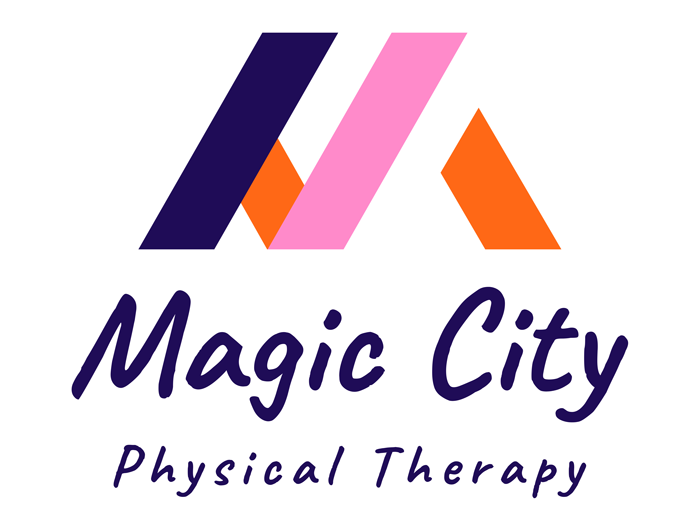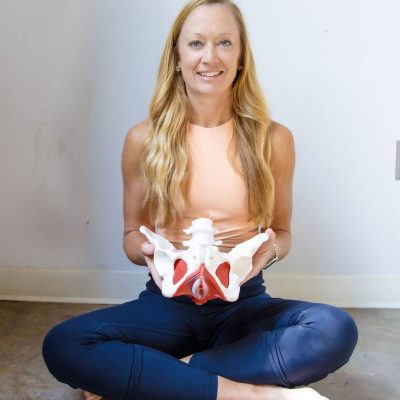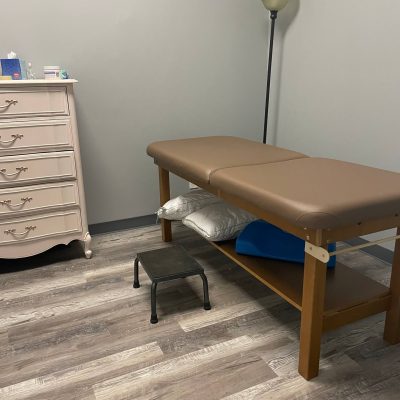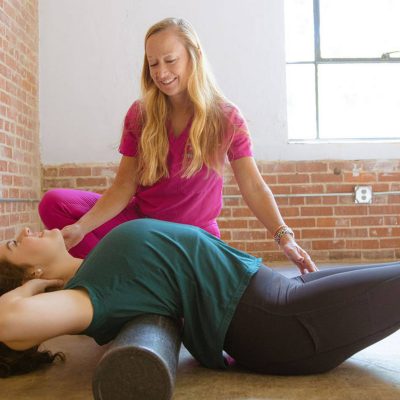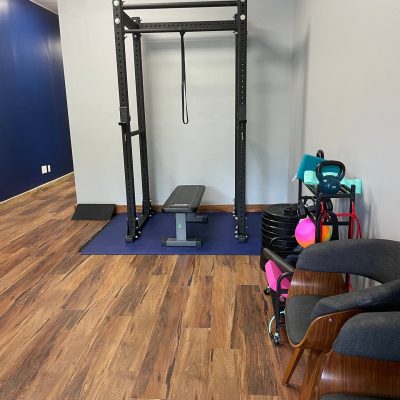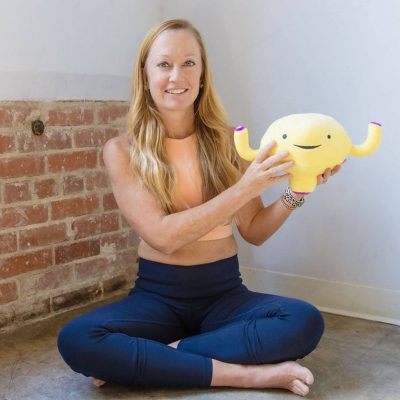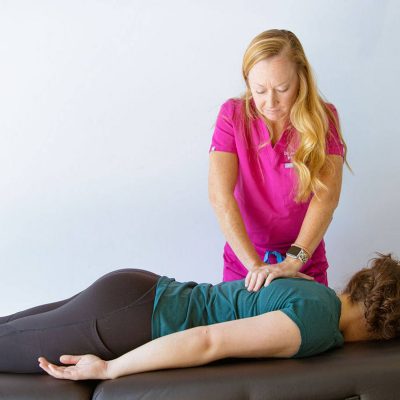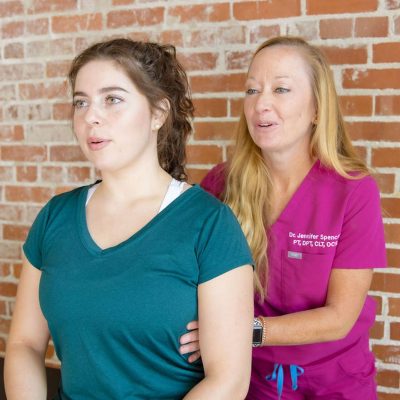As a pediatric pelvic floor physical therapist, one of the most common concerns I hear from parents is: “Is this normal?” Whether it’s related to daytime accidents, frequent urination, bedwetting, or bathroom habits, navigating bladder health in children can feel confusing and even overwhelming. The good news? There are well-established norms we can use as a guide—and many issues that feel alarming to parents are actually quite common and treatable.
This post will walk you through the basics of what’s normal for pediatric bladder health, fluid intake guidelines, the timeline of nighttime dryness, and what red flags to watch for. My goal is to empower you with information and reassurance, so you can better support your child’s health and development.
Bladder Development: What’s Normal, and When?
Bladder and bowel control is a developmental milestone, just like walking and talking. Most children achieve daytime urinary continence (dry during the day) between the ages of 3 and 5. This timeline can vary—boys tend to toilet train slightly later than girls, and individual factors like readiness, temperament, and motor coordination can all play a role.
But here’s something many parents don’t know: nighttime bladder control can lag behind daytime control by up to 6 months (or more). In fact, it’s not considered abnormal for a child to continue bedwetting until age 5 or 6. We typically expect nighttime dryness to occur within 6 months after daytime continence is consistently achieved, as the brain-bladder connection matures and the body learns to either wake up to a full bladder or hold urine overnight.
If a child continues to wet the bed beyond age 6—or regresses after a period of dryness—it’s worth speaking with a pediatrician or pediatric pelvic floor therapist to explore potential causes and solutions.
Normal Voiding Frequency (Ages 4–18)
How often your child urinates can tell us a lot about bladder health. Here are general guidelines for voiding frequency during the day:
- 4–6 years old: every 2–3 hours, or about 6–8 times per day
- 7–12 years old: every 3–4 hours, or 5–7 times per day
- Teens (13–18 years): about 4–6 times per day
Children should be able to void regularly without rushing or straining. They shouldn’t hold urine for extended periods, “just in case” pee too often, or avoid public restrooms altogether. All of these habits can contribute to dysfunctional voiding patterns that may lead to leakage, urgency, or even infections.
A child who is voiding fewer than 4 times or more than 8 times per day may benefit from a toileting schedule and further evaluation.
Fluid Intake: How Much Is Enough?
Adequate hydration is essential for healthy bladder and bowel function—but many children fall short of daily fluid needs. Not drinking enough can lead to concentrated urine, bladder irritation, constipation, and urinary tract infections.
Here are general fluid intake recommendations for children (based on age and activity level):
- Ages 4–8: about 5 cups (40 oz) per day
- Ages 9–13: about 7–8 cups (56–64 oz) per day
- Ages 14–18: about 8–11 cups (64–88 oz) per day
Encourage your child to sip fluids throughout the day, rather than chugging them all at once. Water should be the primary beverage—limit sugary drinks, caffeine, and artificial dyes, all of which can irritate the bladder.
Pro tip: Many children tend to “front-load” fluids at dinner and then experience bedwetting or urgency overnight. Instead, aim to have most fluids consumed by late afternoon, tapering in the evening.
Red Flags to Watch For
While occasional accidents are normal—especially during transitions or illness—certain signs may indicate an underlying issue that warrants further evaluation:
- Daytime accidents after age 5
- Bedwetting beyond age 6 without a period of dryness
- Pain with urination
- Frequent UTIs
- Urinary urgency or dribbling
- Constipation or painful bowel movements
- Withholding behaviors (crossing legs, squatting, or “holding dance”)
These symptoms may be related to pelvic floor dysfunction, sensory processing issues, constipation, or other treatable medical conditions. A pediatric pelvic floor PT can help assess the musculoskeletal and behavioral components contributing to symptoms and develop a child-friendly treatment plan.
Supporting Healthy Habits at Home
Here are a few easy ways you can promote good bladder health in your child:
- Create a regular voiding schedule. Encourage bathroom breaks every 2–3 hours, even if your child says they don’t need to go.
- Encourage relaxed toileting posture. Feet should be flat on a stool, knees above hips, and no rushing!
- Limit bladder irritants. Avoid excess juice, soda, or caffeine.
- Support regular bowel movements. A backed-up bowel can press on the bladder, making accidents more likely.
- Praise, don’t punish. Accidents are rarely intentional—gentle support goes a long way.
When to Seek Help
If you’re concerned about your child’s bladder health—or if things just don’t seem to be improving—know that you’re not alone. Pediatric pelvic floor physical therapists are trained to work with children of all ages and help them develop the strength, coordination, and awareness needed for healthy toileting. With the right support, most kids make meaningful progress quickly.
Bladder and bowel issues are medical—not a sign of laziness, behavioral problems, or poor parenting. And help is available.
Final Thoughts
Understanding what’s “normal” for pediatric bladder health is the first step to knowing when (and how) to intervene. If your child is struggling with bladder control, you are not failing—and your child is not broken. With a little education, a lot of patience, and the right care, your child can thrive.
If you’d like guidance tailored to your child’s unique needs, don’t hesitate to reach out to a pediatric pelvic floor PT in your area. We’re here to help your child build healthy habits that last a lifetime.
